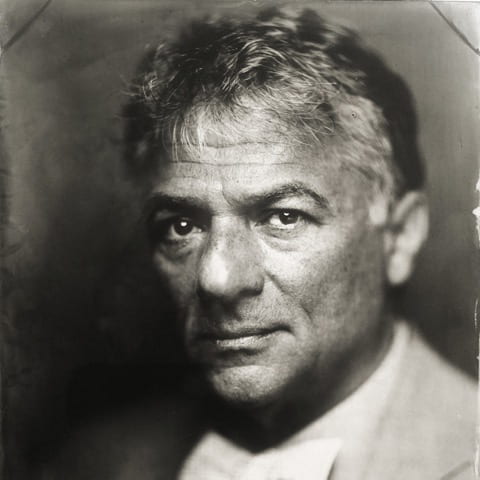
PETER G. TEREZAKIS
ASSOCIATE ARTS PROFESSOR NYU TISCH, has organized a series of discussions at NYU since 2015, each addressing diverse climate and environmental issues themes.
These panels have explored a broad spectrum of topics, including a notable discussion on climate refugees featuring Andrew Harper, the Special Adviser on Climate Action for the United Nations Refugee Agency (UNHCR).
In 2023, Terezakis launched the Global Climate Change Film Festival, designed to foster student engagement with climate-related topics through short films. This initiative draws submissions from students across NYU’s domestic and international academic sites, providing a platform for global discourse on climate change.
In 2019, following a field expedition to Greenland’s Helheim Glacier with David and Denise Holland, Terezakis created a course to help students better understand and prepare for the effects of Abrupt Climate Change. Part science and part artistic response to science, the course is designed to help students understand the fundamental science of climate change and acquire the practical knowledge and skills necessary to navigate the ongoing climate crisis.
Terezakis’s decision to refocus his career on educating the next generation of artist-scientist storytellers was influenced by several significant events: the 2010 BP oil spill, the 2011 Fukushima nuclear disaster (which continues to release radioactive material), and James Balog’s 2012 documentary “Chasing Ice.”
In response, he began teaching Greenworld in Art and Public Policy at NYU’s Tisch School of the Arts in 2014. By 201, the course transitioned to Tisch’s Open Arts department, which is currently taught by Alex Ferris (IMDB), a former student of Greenworld.
Terezakis’s artistic journey began in 1974, when he began making interactive works with a strong technological foundation. His early projects included biofeedback machines and ESP tester-trainers, which led to the development of electronic jewelry. By 1990, he had created a series of wall-mounted interactive constructions that responded to light, sound, temperature, and human presence.
Over the next decade, Terezakis combined his interest in electronics with participatory art, creating installations that engaged audiences in new ways. Among his notable works is “Psyche,” the first gallery art installation controlled by a microcomputer. This was followed by “The Montgomery Project,” which reflected his ongoing exploration of interactivity, the nature of materials, and saturated volumes of light within architectural spaces.
The 1995 sculpture “Heart Beats Light” began a series of temporary site-specific light installations in deserts, forests, and, eventually, festivals. By 2007, this project evolved into a broader theatrical production, becoming a core element of “Sacred Sky Sacred Earth” which premiered in Alpine, California.
Terezakis has had exhibitions in Canada, Greece, Italy, Japan, Latvia, Mexico, Norway, Portugal, Romania, Slovakia, Spain, the United Kingdom, and the United States. His work is in corporate, private, and museum collections.